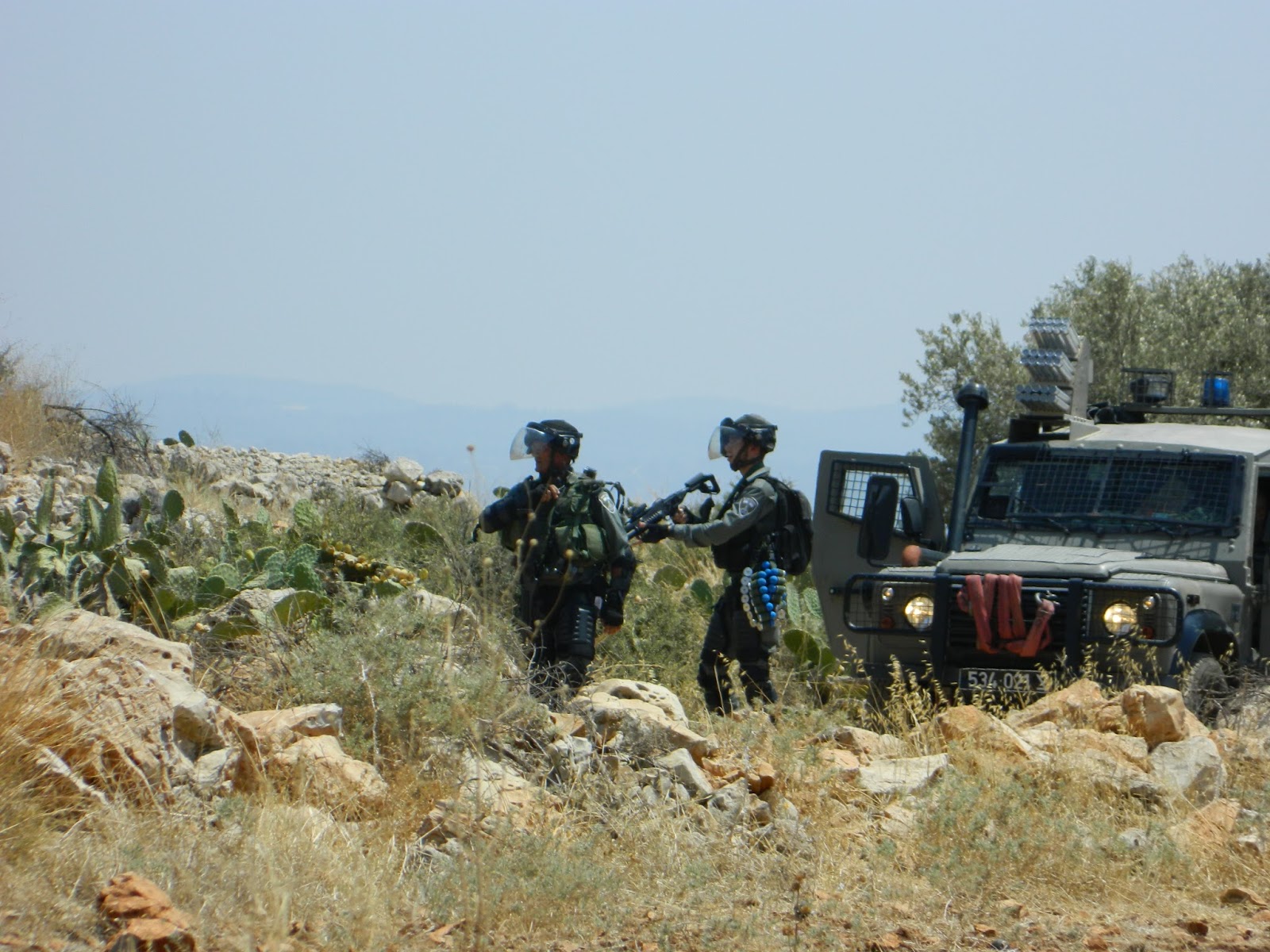Tag: Apartheid Wall
-
Statement concerning Israeli measures against activists
8th August 2016 | International Solidarity Movement The International Solidarity Movement is a Palestinian-led movement with a mandate to support Palestinian nonviolent popular resistance to Israeli military occupation and apartheid. Palestinian-led nonviolent resistance includes the Palestinian call for Boycott, Divestment and Sanctions of Israel, until it adheres to its obligations under international law. ISM volunteers…
-
Israeli Border Police shoot Palestinian man in Ni’lin
29 July 2016 | International Solidarity Movement, Ramallah team | Ni’lin village, occupied Palestine On Friday afternoon, a group of Palestinian residents of Ni’lin village along with internationals and Israelis, tried to walk to the apartheid wall that cuts off many of the villagers from their farmland. The Israeli settlers on the other side of…
-
“They destroyed the houses, they destroyed our dreams”
27 July 2016 | International Solidarity Movement, Ramallah team | Qalandia village, occupied Palestine Late Monday evening, Israeli forces entered the village of Qalandia with 15 bulldozers and around 150 soldiers. In the village the Israeli military destroyed 11 new built houses, attacking the residents of the village with stun grenades, tear gas, rubber coated…



